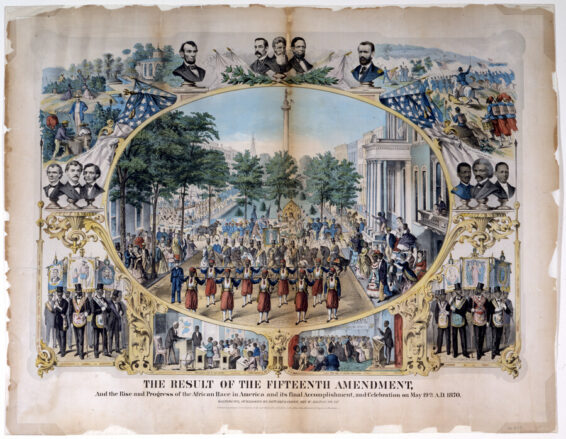November 1st will be the 159th anniversary of the day in 1864 when enslaved people were emancipated in Maryland by a state constitutional referendum. Many people don’t realize that emancipation and freedom came at different times for different people. Though President Abraham Lincoln issued his Emancipation Proclamation on Jan. 1, 1863. The proclamation applied only to states in rebellion and left slavery legal in border states of Maryland, Kentucky, Missouri and Delaware, which had not seceded.
Maryland’s population in 1860 contained an almost equal number of free and enslaved African Americans — 83,942 free Blacks and 87,189 enslaved — with slavery deeply embedded in Southern Maryland and the Eastern Shore. But abolitionists controlled the constitutional convention that convened in Annapolis from April to July. Pro-slavers failed in efforts to block provisions requiring voters to take a loyalty oath to the Union and allowing soldiers to vote absentee from the field.
The 25,000+ Marylanders supporting or fighting for the Confederacy who refused to sign loyalty oaths were barred from voting on the new Constitution. Lawsuits ensued on various grounds but lost. The absentee ballots trickled in, with 2,633 for and 263 against. Many of the absentee ballots were slips of paper that said simply “For the Constitution“ or “Against the Constitution.”
The vote was a cliffhanger, with a final tally of 30,174 for, 29,799 against. In the end, 375 absentee ballots cast by soldiers made the difference. The voters of Maryland narrowly adopted a new Constitution in 1864 that, uniquely among border states still in the Union, freed tens of thousands of enslaved men, women and children.
Maryland Gov. Augustus W. Bradford certified the vote Oct. 29, and the new Constitution went into effect Nov. 1, which became Maryland Emancipation Day.
Juneteenth, marked June 19, 1865, when enslaved Texans learned that they’d been free since President Abraham Lincoln issued his Emancipation Proclamation on Jan. 1, 1863.
The 13th Amendment to the U.S. Constitution abolishing slavery in all states took effect Dec. 18, 1865, freeing the slaves in the other border states, Kentucky, Delaware and Missouri.

